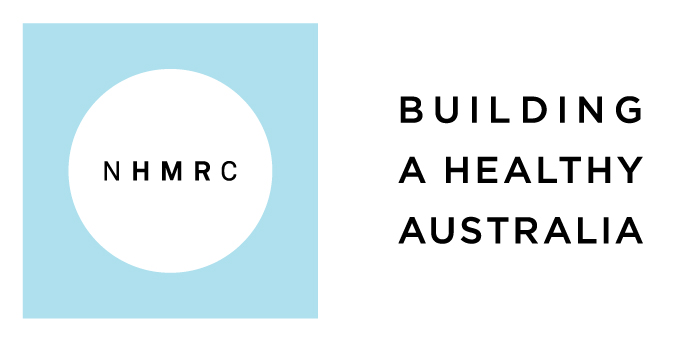Figures
Chapter 1: Introduction
Figure 1.3 - Health-based targets for microbial, chemical and radiological parameters
Chapter 2: Framework for Management of Drinking Water Quality
Figure 2.1 - Framework for management of drinking water quality
Chapter 5: Microbial Quality of Drinking Water
Figure 5.1 - QMRA and epidemiological approaches to characterising risks from drinking water sources
Figure 5.2 - Water safety continuum for drinking water supplies
Figure 5.3 - The representation of the theoretical decline in the number of cases per 1000 people per year attributed to Cryptosporidium
Chapter 9: Overview of Monitoring
Figure 9.1 - Monitoring as part of an ongoing process of system management
Figure 9.2 - Generic process for monitoring activities
Figure 9.3 - Example of sample locations in a typical distribution system
Chapter 10: Monitoring for specific characteristics in drinking water
Figure 10.5.1 - Cumulative frequency graph of filtered water turbidity
Figure 10.5.2 - Turbidity histogram
Information Sheets
Figure IS2.2.1 - Flowchart showing how to determine whether the radiological quality of drinking water complies with the Guidelines
Figure IS3.1.1 - Graphical presentation of iron data from Table IS3.1.1
Figure IS3.1.2 - Histogram of data for selected analytes from Table IS3.1.1
Figure IS3.4.1 - Example of a control chart for trihalomethanes data
Figure IS3.5.1 - Level of confidence that 98% of water in a supply is free of faecal contamination for different numbers of samples when all samples tested are free of faecal contamination
Figure IS3.5.2 - Level of confidence that 98% of water in a supply is free of faecal contamination for different numbers of samples when 1, 2, 3 or 4 samples give positive results
Appendix
Figure A1.1 - Application of Framework elements 2 and 3
Figure A1.2 - Critical control point decision tree
Figure A3.1 - Derivation of LRVs from first principles
Figure A3.2 - QMRA framework applied to quantify LRVs for drinking water treatment
